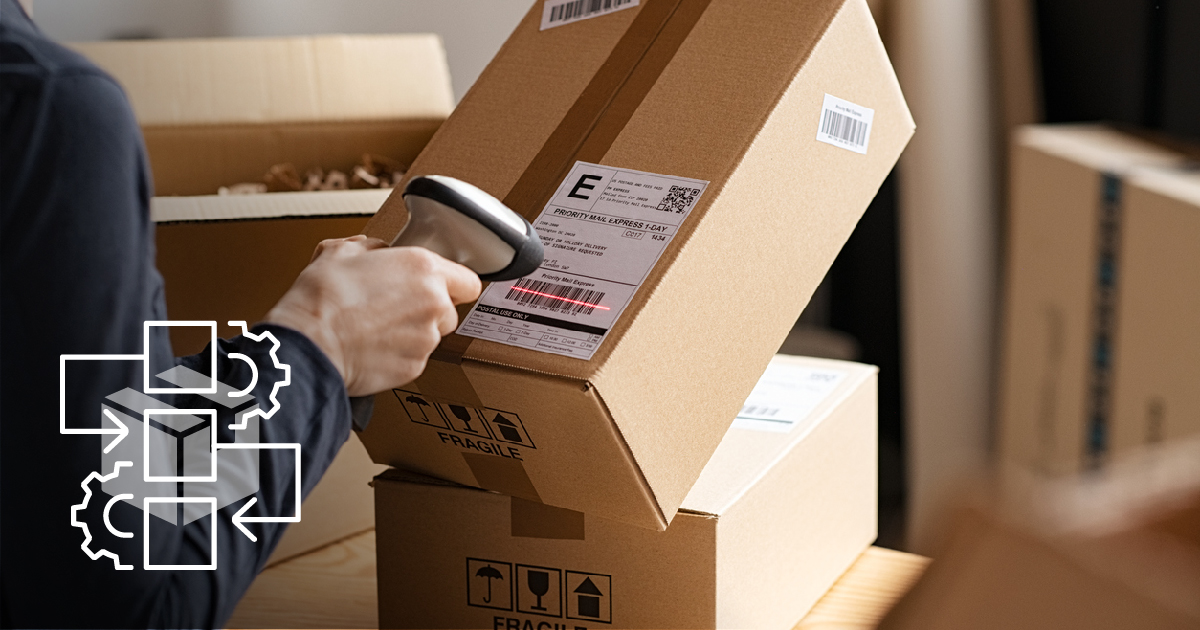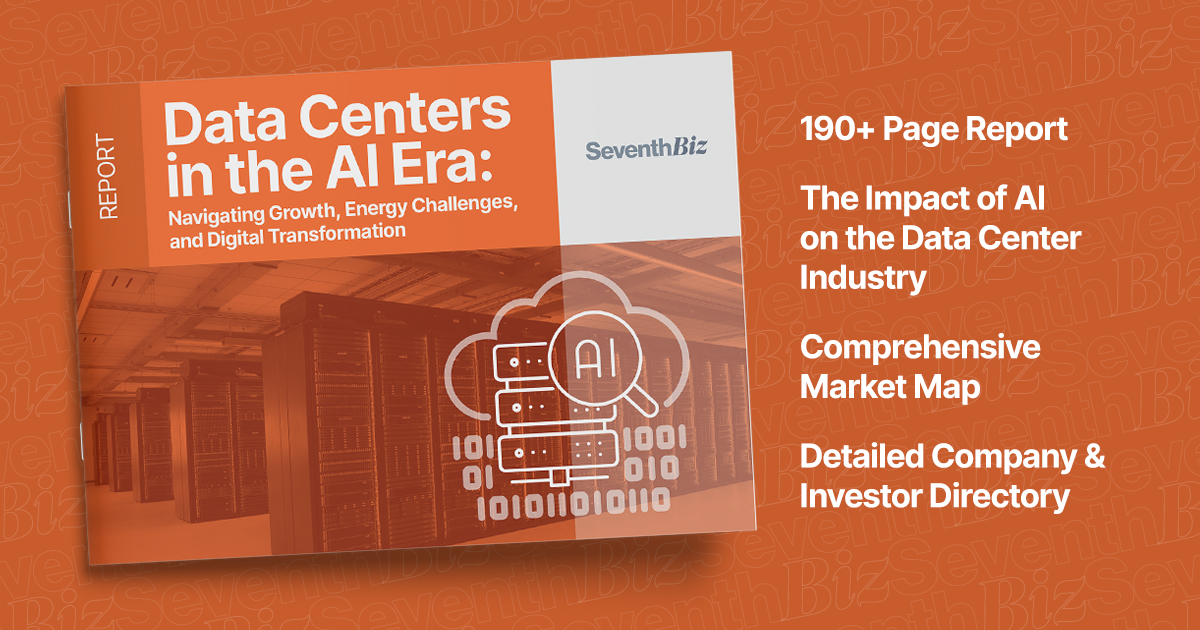
The Pitfalls of Investment Reports: What I Learned as a Wealth Manager
During my career in banking and wealth management, I quickly discovered a painful truth: most investment reports were hard to digest, overly technical, and, often,

The rise of e-commerce has been nothing short of revolutionary. According to Forbes, global e-commerce expected to total $6.3 trillion in 2023, and grow to over $8.1 trillion by 2026. As consumers increasingly turn to online shopping, businesses are in a race to adapt and thrive in this digital age. One of the critical elements of this transformation is the intricate connection between e-commerce growth, last-mile logistics, and reverse logistics.
E-commerce has redefined the way we shop. Its expotential growth has been driven by convenience, a vast product selection, and competitive pricing. This shift in consumer behavior was accelerated even more due to the Coronavirus pandemic. According to Forbes, Americans spent $1.7 trillion online during the last two years of pandemic, representing a 55% increase in spending online since 2020.
The rapid surge in e-commerce over a remarkably short timeframe has undoubtedly been a game-changer for retail and consumer behavior. However, this meteoric rise has not come without its challenges. The sheer volume of online orders has placed immense pressure on supply chains, transportation networks, and logistics management systems. Companies have had to adapt swiftly to meet the demands of this digital shopping era, leading to innovations in warehousing, fulfillment, and delivery processes. These adaptations, while essential, have highlighted the critical importance of addressing issues in supply chain efficiency, transportation optimization, and logistics management to sustain the momentum of e-commerce growth and ensure a seamless experience for consumers from the point of purchase to final delivery or return.
In this e-commerce-reliant era, the “last mile” has become the battleground for logistics. The “last mile” refers to the final leg of the delivery journey, where a package travels from a distribution center to the customer’s doorstep. It’s both the most crucial and the most challenging part of the supply chain.
Speed: Customers have come to expect lightning-fast deliveries. Same-day and next-day delivery options are now the norm.
Cost Efficiency: Last-mile delivery is often the most expensive part of the logistics process. Balancing speed and cost-efficiency is a constant challenge.
Sustainability: Environmental concerns have led to a push for greener last-mile solutions, such as electric delivery vehicles and optimized routes.
Innovations in technology have been instrumental in addressing last-mile challenges. Route optimization software, real-time tracking, and automation have all played significant roles in making last-mile logistics more efficient and cost-effective.
The e-commerce revolution doesn’t end when a package is delivered. It extends into what’s known as “reverse logistics.” This involves handling returns, exchanges, and the entire process of products moving backward through the supply chain.
Consumer Expectations: In the world of e-commerce, a hassle-free return policy is often a competitive advantage. Customers expect easy returns and exchanges.
Product Condition: Managing returned products and ensuring they are resellable can be complex, especially for items like electronics or clothing.
Sustainability: Sustainable disposal or refurbishing of returned items is becoming increasingly important.
Cost: Increase in online purchases results in an increase in returns. The expense for reverse logistics is around $100 billion each year in the United States.
Numerous companies implement stringent or expensive return policies, while some have transitioned to a no-returns model, opting instead to send customers a replacement product at no additional charge.
Here’s where the connection becomes apparent. Efficient last-mile logistics play a pivotal role in both e-commerce success and reverse logistics. Rapid and reliable deliveries are not only what customers demand but also impact the return process. A seamless last-mile experience can reduce return rates by ensuring customers receive what they expect.
Moreover, last-mile logistics affect the speed and efficiency of the return process. Swift returns, and exchanges are crucial in maintaining customer satisfaction. When return processes are inefficient, it’s often the customer who faces the repercussions, left grappling with defective or unwanted merchandise. If returns are not navigated through the supply chain with equivalent precision and timeliness as the initial delivery, it can lead to significant inconvenience for the consumer. For instance, a customer might receive a damaged appliance, and due to inconvenient return procedures, find themselves stuck with the unusable item for an extended period, impacting their perception of the brand and their overall customer experience.
In the interconnected world of e-commerce, last-mile logistics, and reverse logistics are two sides of the same coin. They are integral to the customer experience, impacting everything from the initial purchase to the final return. As e-commerce continues to evolve, businesses must invest in optimizing both last-mile and reverse logistics.
Exciting News! Stay ahead of the curve in the world of logistics and e-commerce. Don’t miss our upcoming market research report for sale, ”Point A to Point B: A Logistics Primer.”
Gain comprehensive insights into the ever-evolving logistics landscape, ensuring your business is equipped to succeed in the digital age. Discover key insights on all aspects of logistic management, from cold-chain to modes of global transportation. Keep an eye out for the report’s release date.

During my career in banking and wealth management, I quickly discovered a painful truth: most investment reports were hard to digest, overly technical, and, often,

From the cloud services we rely on daily to the AI algorithms personalizing our digital experiences, AI-driven data centers are quickly becoming the cornerstone of

From the cloud services that fuel our workdays to the algorithms that personalize our digital experiences, AI-driven data centers are the unseen force driving modern

As we step into 2025, the investment landscape continues to be shaped by rapid technological advancements, shifting market demands, and emerging global challenges. Market industry

Artificial Intelligence (AI) is no longer a distant dream—it’s a powerful force reshaping industries. From diagnosing complex medical conditions to redefining patient care, AI is